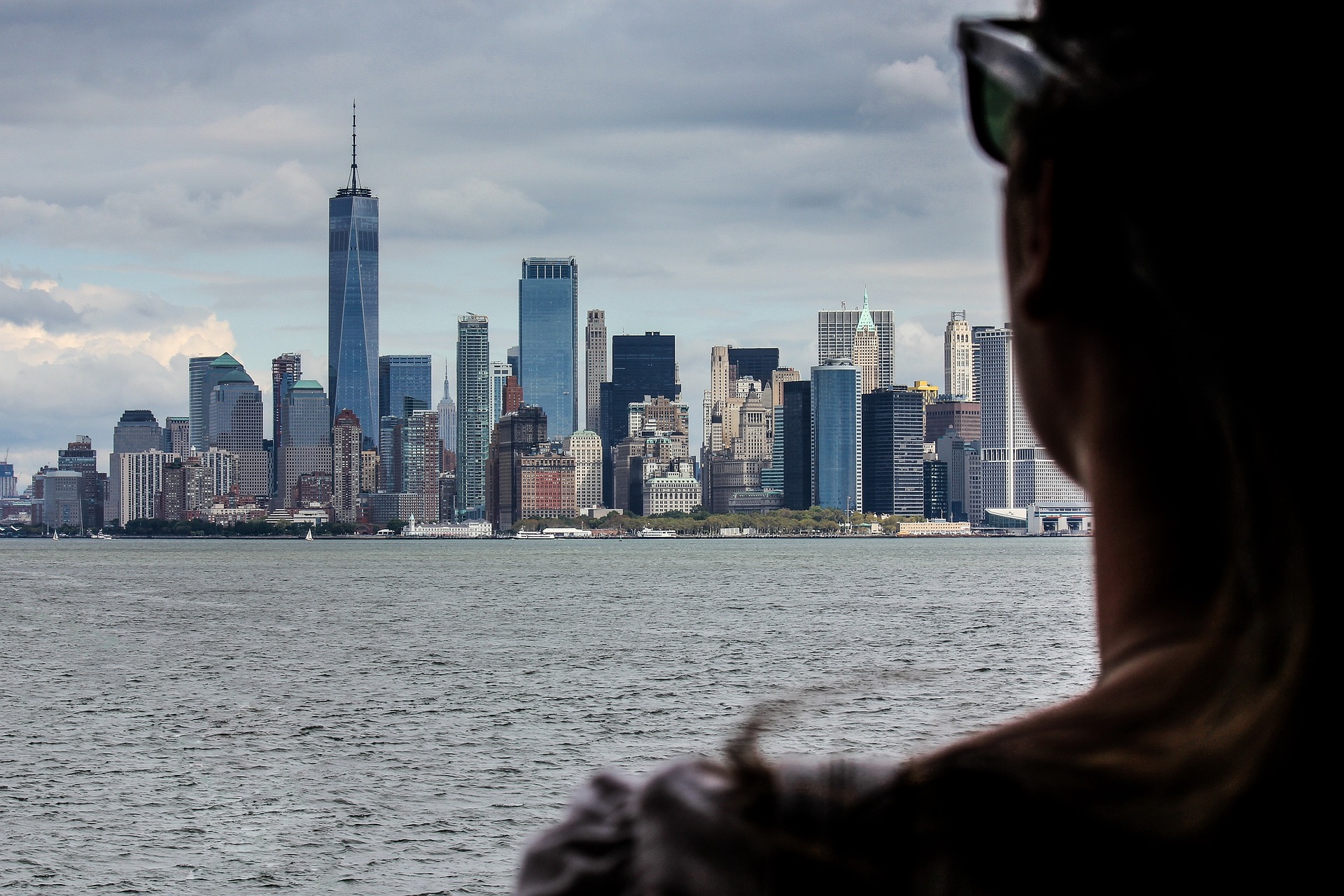Unraveling the Mysteries of Dark Tourism: An In-Depth Exploration
In the vast world of travel and tourism, there exists a niche yet rapidly growing segment that deviates from traditional relaxation and sightseeing, straying into the realms of the historical, macabre, and at times, unsettling. Enter the world of Dark Tourism, a phenomenon that invites travelers to explore sites associated with death, disaster, and tragedy. This article delves into the origins, current trends, and implications of this fascinating travel style.

A Journey into the Dark: The Origins of Dark Tourism
Dark Tourism, also known as grief or disaster tourism, has historical roots dating back to the Middle Ages when people embarked on pilgrimages to witness public executions. This trend resurfaced in the 19th century with the advent of ‘mummy unwrapping parties,’ where Egyptian mummies were publicly unwrapped. Today, Dark Tourism spans a broad spectrum from war memorials, former prisons, disaster sites, to locations of famous assassinations.
Walking on the Edge: Current Trends in Dark Tourism
Dark Tourism’s popularity has surged in recent years, propelled by a growing cultural fascination with death and the macabre. This trend is reflected in the increased footfall at sites like Chernobyl, Auschwitz, and Ground Zero. The TV series “Dark Tourist” on Netflix has further pushed this trend into the mainstream, showcasing the allure and complexities of visiting places marred by death and disaster.
The Psychology Behind Dark Tourism: An Expert’s Perspective
Psychologists attribute the rise of Dark Tourism to our innate curiosity about death and the unknown, pushing us towards these unconventional travel experiences. While some perceive it as a way to understand and empathize with historical tragedies, others see it as a stark reminder of human fallibility and mortality.
The Double-Edged Sword: Advantages and Challenges of Dark Tourism
Advantages of Dark Tourism are manifold. It educates travelers about historical events, fosters empathy, and promotes conservation of these sites. However, it’s not without its challenges. There are ethical concerns about voyeurism, disrespect for the deceased, and commodification of tragedy. Striking a balance between education and exploitation is a delicate task that needs careful handling.
A Peek into the Dark: Noteworthy Dark Tourism Sites
-
Pripyat, Ukraine - The ghost town that was evacuated after the Chernobyl nuclear disaster.
-
Auschwitz-Birkenau, Poland - The infamous Nazi concentration and extermination camp.
-
Ground Zero, USA - The site of the World Trade Center attacks on September 11, 2001.
-
The Killing Fields, Cambodia - Mass grave sites from the Cambodian genocide.
-
Hiroshima Peace Memorial, Japan - The site where the first atomic bomb was dropped.
Reflecting on the Darkness: A Closing Note
Dark Tourism, while unsettling to some, offers a unique perspective on historical events, societal tragedies, and human resilience. It challenges the traditional notion of travel, pushing us to confront our own mortality and to learn from the past. However, as we traverse these dark paths, it is crucial to remember that these sites are more than just tourist attractions; they are solemn reminders of our collective history and the lessons we should carry forward.



